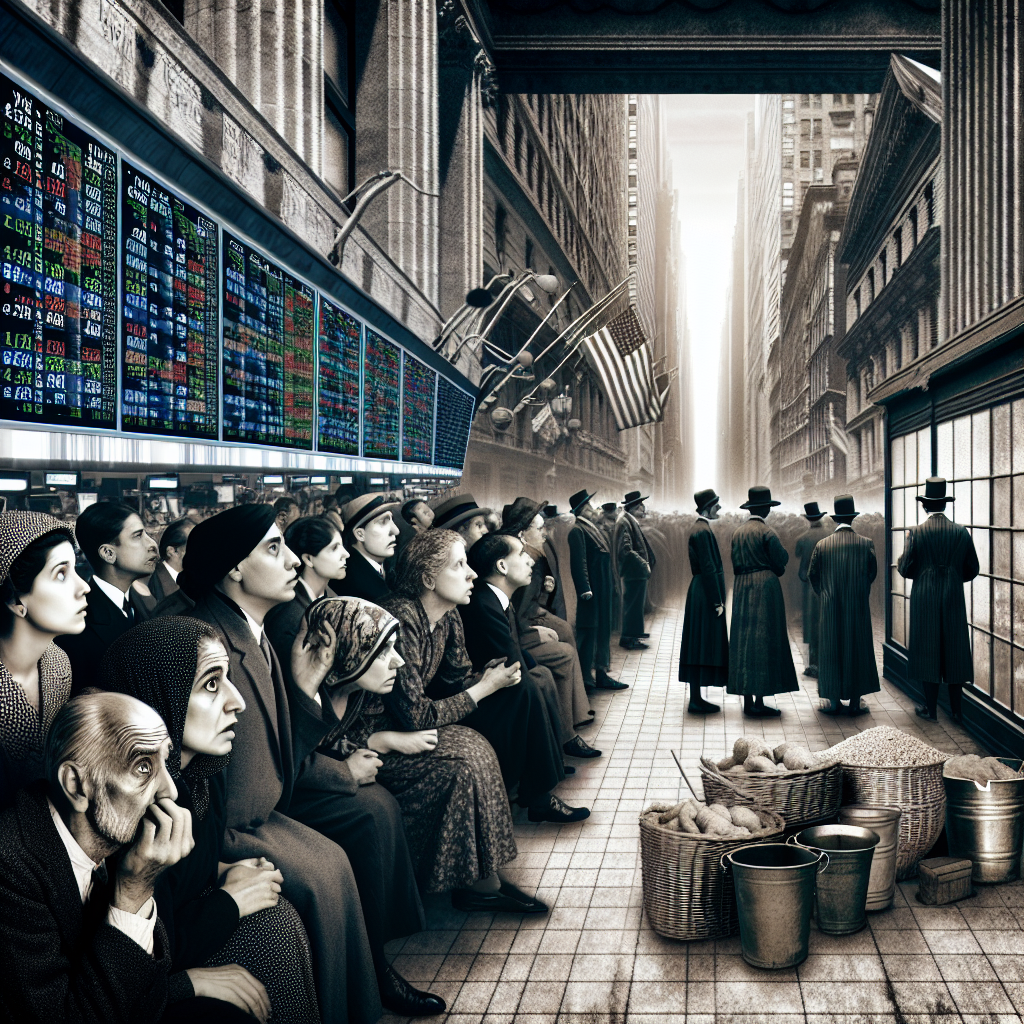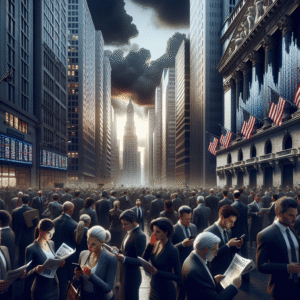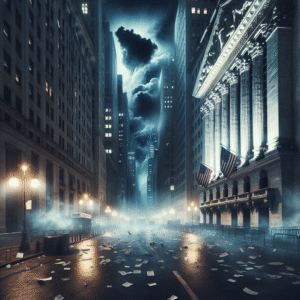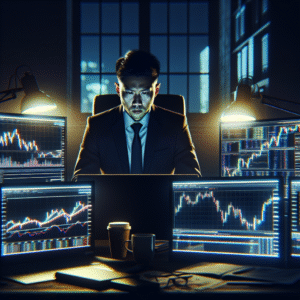We’re Suddenly Talking About the Great Depression When Discussing Trump’s Stock Market
The financial landscape has always been a hot topic, especially when it intersects with politics. Recently, discussions surrounding the stock market under former President Donald Trump have taken a rather alarming turn. With comparisons being made to the Great Depression, many are left wondering how we got to this point and what it means for the future. In this post, we’ll delve into the details of this discourse, analyze the relevant statistics, and determine the implications of these comparisons.
The Great Depression: A Brief Overview
To understand the current dialogue, it is essential to revisit what the Great Depression was and how it fundamentally reshaped the American economy.
– The Great Depression began in 1929 and lasted until the late 1930s.
– It was marked by unprecedented unemployment rates, peaking at around 25%.
– The stock market crashed, leading to widespread bank failures and the immediate loss of savings for millions of Americans.
– The economic downturn prompted significant governmental interventions, including the New Deal – a series of programs and reforms instituted by President Franklin D. Roosevelt.
This historical context is crucial as it sets the stage for contemporary discussions about economic downturns and stock market performances.
Trump’s Stock Market Performance: An Overview
During Donald Trump’s presidency, the stock market experienced notable fluctuations, with both highs and lows.
– In the early years of Trump’s administration, the stock market saw significant growth, with indices like the S&P 500 reaching record highs.
– However, this growth was disrupted by various factors, including the onset of the COVID-19 pandemic, which led to a sharp decline in stock prices.
– Despite a rebound in the stock market post-pandemic, many economists and analysts began drawing parallels between the current economic climate and the Great Depression.
Reasons for Concern
As we dive deeper into the reasons behind these unsettling comparisons, several key factors emerge:
1. Unemployment Rates:
– During the COVID-19 pandemic, unemployment rates skyrocketed to levels not seen since the Great Depression. While some recovery has occurred, the lingering effects of job loss are still apparent in many sectors.
2. Economic Inequality:
– The wealth gap has continued to widen, with the rich getting richer and the poor struggling to make ends meet. This disparity has been highlighted in the current economic climate, drawing comparisons to the economic struggles of the 1930s.
3. Stock Market Volatility:
– The stock market has experienced extreme volatility, reminiscent of the tumultuous times during the Great Depression. Sudden crashes and rapid recoveries have left investors wary and uncertain.
4. Government Intervention:
– Similar to the New Deal in the 1930s, there has been significant government intervention in the economy during and after the pandemic. Some critics argue that these measures may not be sufficient to prevent another economic collapse.
5. Public Sentiment:
– The psychological impact of economic downturns cannot be underestimated. Public fear and uncertainty can drive consumer behavior, leading to reduced spending, further exacerbating economic woes.
The Role of Media in Framing the Narrative
Media coverage plays an instrumental role in shaping public perception of economic issues. The recent comparisons between the current economic situation and the Great Depression have sparked intense discussions across various platforms.
– Mainstream media outlets have been quick to highlight comparisons, leveraging historical context to create a narrative that resonates with audiences.
– Social media platforms have amplified these discussions, allowing for the rapid spread of information (and misinformation) about economic performance.
– Economists and political commentators have weighed in, either supporting or refuting the comparison, depending on their political leanings.
This media framing can influence public sentiment, potentially leading to a self-fulfilling prophecy where fear of economic downturns can actually exacerbate the situation.
What Lies Ahead?
So, what does the future hold? As we navigate through the complexities of the current economic climate, several scenarios are possible:
1. Continued Recovery:
– If consumer confidence returns and government interventions prove effective, we could see a sustained recovery similar to the post-Great Depression era.
2. Stagnation:
– On the other hand, if unemployment remains high and economic inequality persists, we could face prolonged stagnation, similar to the struggles of the 1930s.
3. New Policies:
– The potential for new economic policies that address inequality and job creation could reshape the landscape, leading to a more equitable recovery.
4. Global Influences:
– The interconnectedness of the global economy means that international factors could also play a significant role in shaping the U.S. economic future.
Conclusion
The current discourse surrounding Trump’s stock market performance and its comparisons with the Great Depression is not merely a historical reflection; it is a critical examination of our present and future economic prospects. As we consider the implications of these discussions, it is essential to remain informed and vigilant, fostering a deeper understanding of both our economic history and the current climate.
In navigating these uncertain waters, engaging in constructive dialogue will be vital to ensuring that we learn from the past while forging a path toward a more stable and equitable future for all. Now more than ever, it is crucial for policymakers, economists, and citizens alike to collaborate in addressing the challenges ahead, steering clear of the pitfalls that historically led to economic crises.



